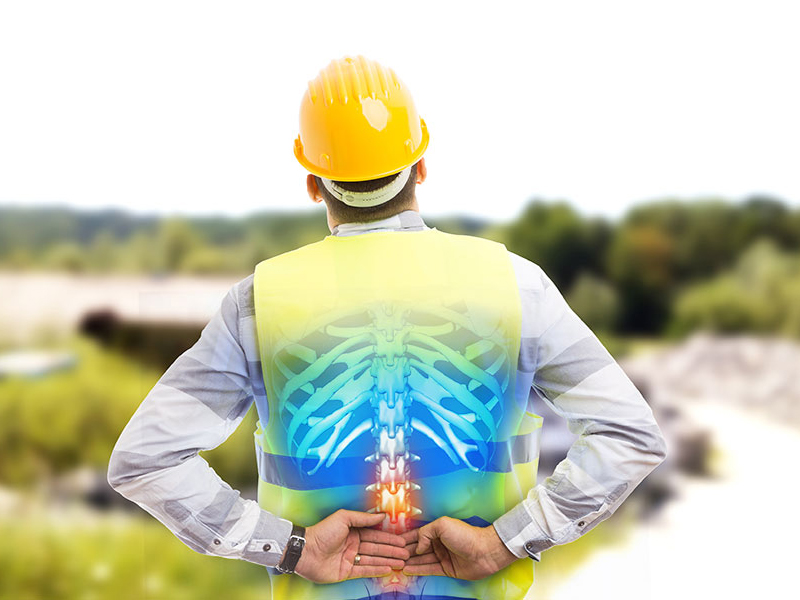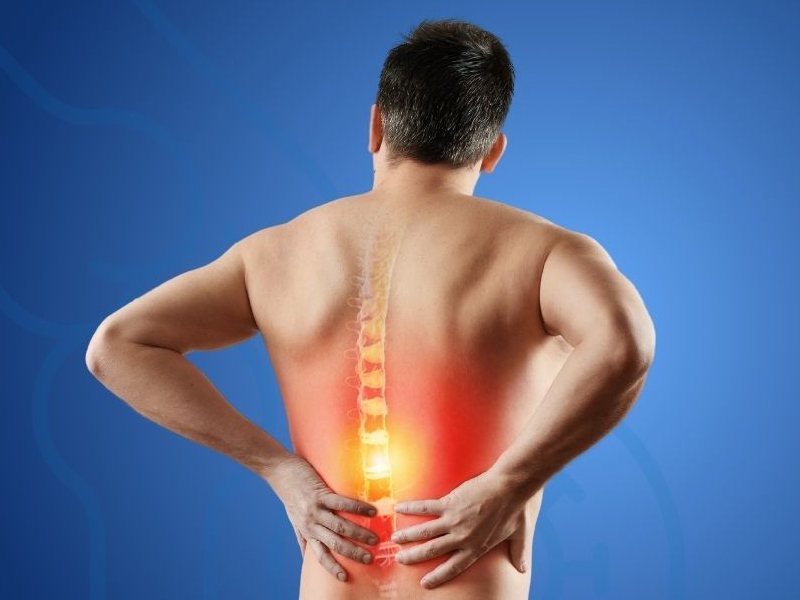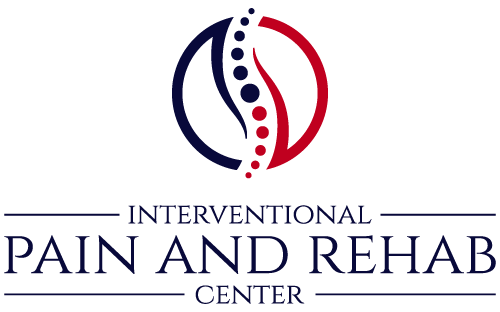Joint & Tendon Disorders
Appointment
Fill The Out The Form Below
Working Hour
- 8 AM - 5 PM
- 8 AM - 5 PM
- 8 AM - 5 PM
- 8 AM - 5 PM
- 8 AM - 5 PM
- Closed
- Closed

Joint & Tendon Disorders
Joint pain is a widespread condition that affects millions of people, ranging from mild discomfort to debilitating pain that interferes with daily activities. Whether it’s in the knees, hips, shoulders, or hands, joint pain can significantly impact your quality of life. At the Interventional Pain and Rehab Center, we specialize in diagnosing and treating joint pain with a comprehensive, personalized approach, helping you find relief and get back to your active lifestyle.
What Causes Joint Pain?
Joint pain can be caused by a variety of factors, including injury, overuse, or medical conditions that affect the joints. The most common causes of joint pain include:
1. Osteoarthritis (OA)
Osteoarthritis is the most common form of arthritis and often occurs as a result of aging or wear and tear on the joints. Over time, the protective cartilage that cushions the joints breaks down, causing pain, swelling, and reduced mobility. OA most commonly affects the knees, hips, hands, and spine.
2. Rheumatoid Arthritis (RA)
Rheumatoid arthritis is an autoimmune condition where the body’s immune system mistakenly attacks healthy joint tissues, leading to inflammation, pain, and stiffness. Unlike osteoarthritis, which is primarily caused by wear and tear, rheumatoid arthritis can affect joints on both sides of the body and often begins in smaller joints like the fingers and toes.
3. Injuries
Trauma or injury to a joint, such as sprains, strains, or fractures, can cause pain and inflammation. Repetitive stress from activities like sports or heavy lifting can also lead to joint injuries, often resulting in conditions such as tendinitis or bursitis.
4. Gout
Gout is a form of inflammatory arthritis that occurs when uric acid builds up in the bloodstream and forms crystals in the joints, leading to intense pain and swelling. Gout commonly affects the big toe but can also impact other joints, such as the knees, ankles, and elbows.
5. Bursitis and Tendinitis
Bursitis is the inflammation of the fluid-filled sacs (bursae) that cushion the joints, while tendinitis refers to the inflammation of tendons, which are the tissues connecting muscles to bones. Both conditions can cause joint pain and are often caused by repetitive movements or overuse.
6. Infections and Inflammatory Diseases
Infections, such as septic arthritis, or systemic inflammatory conditions like lupus and psoriatic arthritis, can also cause joint pain. In these cases, the pain is often accompanied by other symptoms like fever, rashes, and fatigue.

When to Seek Help for Joint Pain
While joint pain is common, there are certain signs that indicate you should seek professional medical care. Contact a healthcare provider if:
- The pain persists for more than a few days or worsens over time
- Swelling, redness, or warmth is present around the joint
- You experience a decrease in range of motion or difficulty using the affected joint
- You have signs of systemic illness, such as fever or unexplained weight loss
- Joint pain follows an injury or accident
At the Interventional Pain and Rehab Center, Dr. Baig is dedicated to accurately diagnosing the cause of your joint pain and creating a tailored treatment plan to provide relief.
Treatment Options for Joint Pain
There are various effective treatments available for managing joint pain, depending on its underlying cause. At the Interventional Pain and Rehab Center, we take a holistic approach, combining multiple treatment methods to help you find long-lasting relief.
1. Physical Therapy
Physical therapy is often the first line of treatment for joint pain. A physical therapist can guide you through exercises to improve strength, flexibility, and range of motion, which can help alleviate pain and prevent further injury.
2. Medications
Medications, such as nonsteroidal anti-inflammatory drugs (NSAIDs), acetaminophen, or corticosteroid injections, can provide relief from joint pain and inflammation.
3. Joint Injections
In cases of severe joint pain, particularly with conditions like osteoarthritis or bursitis, corticosteroid or hyaluronic acid injections can provide fast and effective relief by reducing inflammation and lubricating the joint to improve mobility.
4. Joint Replacement Surgery
For advanced joint damage, especially in weight-bearing joints like the hips and knees, you may be referred to a surgeon for consideration for surgery if necessary.
5. Lifestyle Modifications
Maintaining a healthy weight, avoiding repetitive stress on the joints, and staying active with low-impact exercises such as swimming or cycling can help manage joint pain and prevent further damage.
Get Relief from Joint Pain Today
Don’t let joint pain limit your activities or impact your daily life. At the Interventional Pain and Rehab Center we are committed to providing you with the care, expertise, and support needed to manage your joint pain effectively. Our team will work with you to develop a personalized treatment plan designed to address the root cause of your pain and help you live a more active, pain-free life.
Contact us today to schedule a consultation and take the first step toward finding relief from joint pain.
